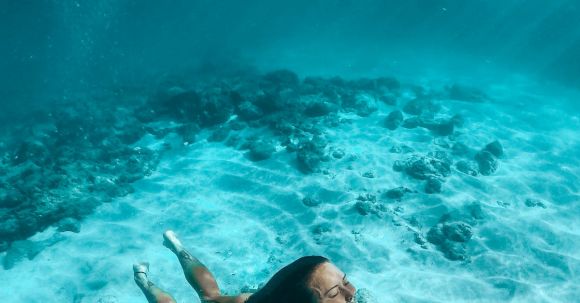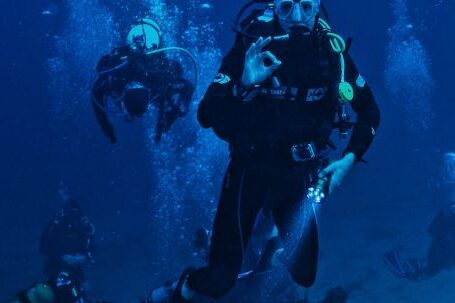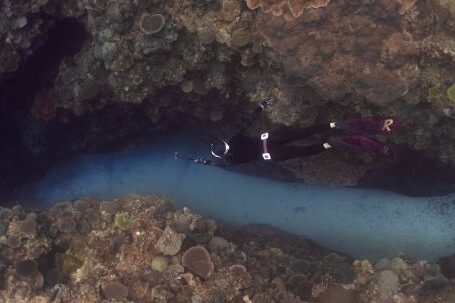Exploring shipwrecks is a thrilling adventure that allows divers to delve into the mysteries of the past. These underwater time capsules hold a wealth of historical significance and provide a unique opportunity to witness the remnants of maritime history. However, it is essential to approach these dives with a sense of responsibility and respect for the preservation of these fragile underwater sites. In this article, we will discuss how to dive famous shipwrecks while ensuring their historical integrity remains intact.
Research and Preparation
Before embarking on a shipwreck dive, thorough research is paramount. Start by identifying the location and history of the shipwreck you plan to explore. Study maps, photographs, and historical accounts to gain insight into the vessel’s significance and any specific challenges associated with the dive.
Additionally, familiarize yourself with the regulations and guidelines set forth by local authorities or diving organizations. These rules are in place to protect the shipwrecks and ensure safe diving practices. Respect these regulations and adhere to them to preserve the historical value of the site.
Dive Training and Certification
Shipwreck diving requires specialized skills and knowledge. It is crucial to undergo proper training and certification before attempting such dives. Enroll in a reputable diving course that offers wreck diving certifications. These courses cover essential skills such as wreck penetration, buoyancy control, and navigation techniques specific to shipwreck environments.
By obtaining the necessary certifications, you not only ensure your safety but also demonstrate your commitment to responsible diving practices. This level of expertise allows you to appreciate the historical significance of the shipwrecks while minimizing potential damage to the underwater environment.
Respect the Wreck
When diving famous shipwrecks, it is vital to treat the site with utmost respect. Remember that these wrecks are not just objects of curiosity but historical artifacts that must be preserved for future generations. Avoid touching, removing, or damaging any part of the wreck. Even seemingly insignificant actions can have lasting consequences and cause irreversible damage.
Maintain good buoyancy control to prevent accidental contact with delicate structures or marine life. Carry a dive light to illuminate your surroundings without disturbing the natural state of the shipwreck. Proper buoyancy control and careful navigation will ensure a safe and respectful exploration of the site.
Photography and Documentation
Shipwrecks offer captivating visuals that are worth capturing, but it is crucial to do so responsibly. When taking photographs or videos, maintain a safe distance from the wreck to avoid accidental damage. Use wide-angle lenses to capture the entire scene without getting too close. Avoid using flash photography, as it can harm fragile marine life and disturb the shipwreck environment.
Documentation of shipwrecks is essential for historical preservation. Take detailed notes of your observations, record any relevant measurements, and document the artifacts you encounter. Share your findings with local authorities, diving organizations, or historical societies, contributing to the collective knowledge and understanding of these sites.
Preserving History for Future Generations
The preservation of shipwrecks is a shared responsibility. By following the guidelines outlined in this article, divers can ensure the historical integrity of these sites remains intact while enjoying the thrill of exploring these underwater time capsules. Approach shipwreck dives with reverence and respect to contribute to the preservation of maritime history for future generations to come.





